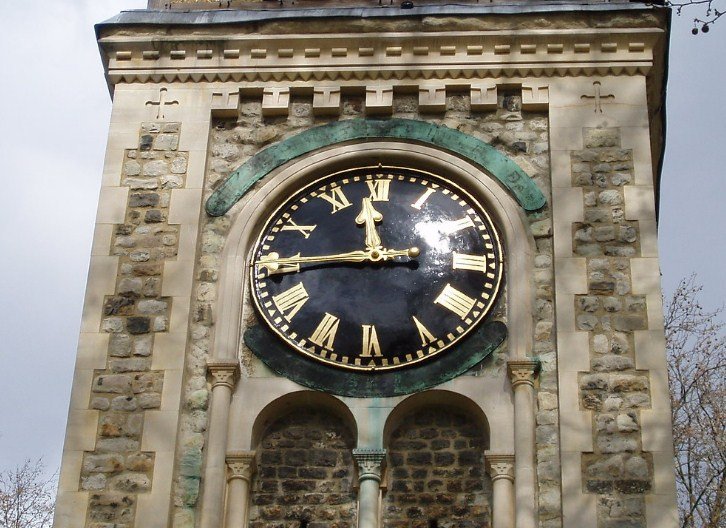The clock at St John’s Church, Boughton in Northamptonshire, has been wound by hand every week for more than 100 years. But now, the manual winding has been replaced by an automatic system, making the job of the clock winder redundant.
The end of an era for the clock winder
Walt Thompson, 77, has been the clock winder for the past 15 years. He said he enjoyed the task, which involved climbing 80 steps to the clock tower and turning a handle 120 times to wind up the mechanism. He said he sometimes cut his holidays short to make sure the clock was wound up for the weekend.
But now, Mr Thompson’s services are no longer needed, as the church has installed an electric motor that will wind the clock automatically. He said he was sad to see the tradition end, but he understood the reasons behind the decision.
“It’s a sign of the times, I suppose. Everything is going digital these days. I can’t blame them for wanting to save money and hassle,” he said.

The history of the clock
The clock at St John’s Church was installed in 1897, as part of the celebrations for Queen Victoria’s Diamond Jubilee. It was made by John Smith and Sons of Derby, a famous clock manufacturer that also made the clock for the Houses of Parliament.
The clock has two faces, one facing east and one facing west, and it strikes the hour and the quarter hour. It also has a carillon, a set of bells that play a tune every three hours. The tune is “Home, Sweet Home”, a popular song from the 19th century.
The clock is a cherished feature of the village, and many residents have fond memories of hearing its chimes. The church said the clock would continue to function as normal, and the only difference would be that it would not need to be wound by hand.
The benefits of the automatic system
The church said the automatic system would have several advantages over the manual winding. It would save time and money, as the church would not have to pay Mr Thompson for his work. It would also reduce the risk of injury, as the winding was a physically demanding and potentially dangerous task.
The church said the automatic system would also improve the accuracy and reliability of the clock, as it would adjust itself for daylight saving time and power cuts. It would also prevent the clock from stopping or running slow, which sometimes happened when the winding was delayed or missed.
The church said it was grateful to Mr Thompson for his dedication and service, and it hoped he would still visit the clock tower once a month to check that everything was working properly. The church said it was proud of its clock, and it wanted to preserve it for future generations.
